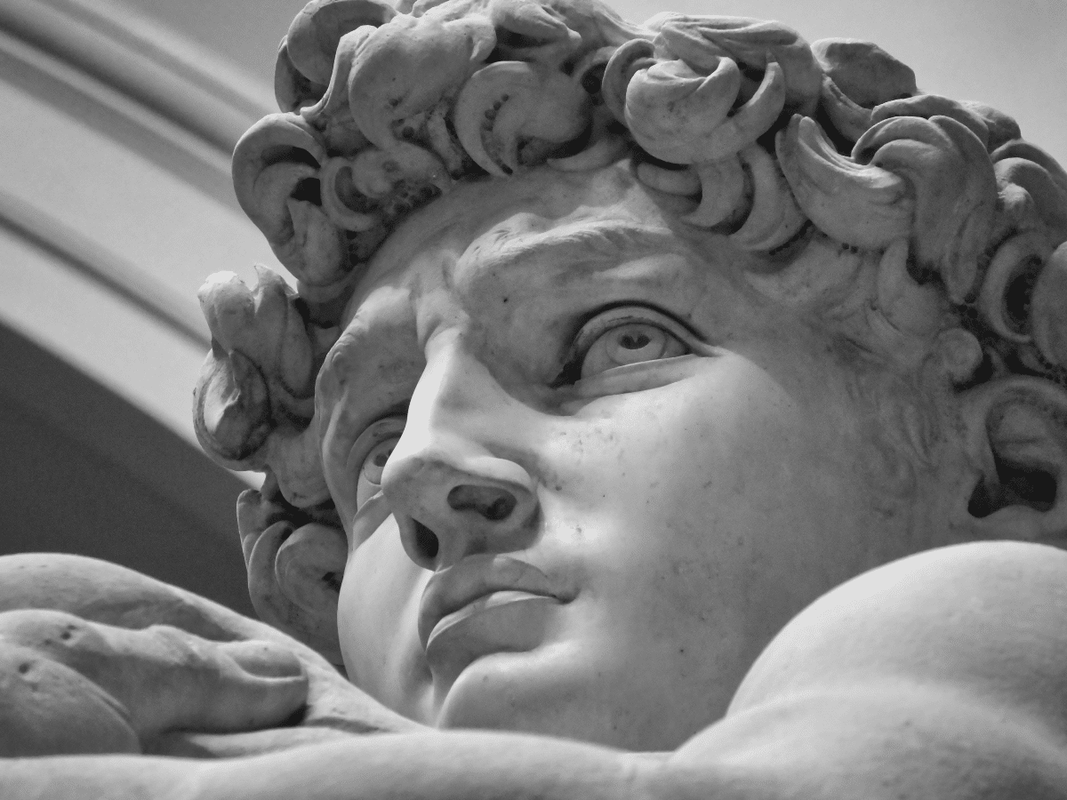 In the realm of construction, concrete is often associated with rigid structures and utilitarian purposes. However, modern advancements in concrete technology have unveiled a world of artistic possibilities that merge seamlessly with the natural environment. From meandering pathways to elegant sculptures, the artistry of concrete curves and contours is reshaping the landscape design industry. Nature-Inspired Aesthetics
Imagine strolling through a garden where every footstep is guided by the gentle curve of a concrete pathway. The once-static nature of concrete has evolved into an expressive medium that mimics the fluid lines found in nature. This fusion of organic inspiration and architectural innovation allows designers to transform outdoor spaces into living works of art. Unleashing Creativity Concrete's malleability has taken a quantum leap, offering designers the freedom to explore unique forms and contours that mirror the gracefulness of the natural world. A concrete bench that follows the contours of a hillside, a flowing water feature reminiscent of a babbling brook, or a sinuous seating area that wraps around a majestic tree – the possibilities are limited only by the designer's imagination. Sculpting the Landscape Landscape architects and designers are harnessing the potential of concrete to create landscapes that engage the senses and inspire awe. By integrating curves and contours into outdoor spaces, they are able to evoke a sense of movement and rhythm that echoes the flow of wind, water, and time. These features not only enhance the aesthetics of a space but also invite visitors to experience the landscape in a new and profound way. Seamless Integration One of the remarkable qualities of concrete curves and contours is their ability to harmonize with the surroundings. Whether in a sprawling park, a private garden, or a commercial plaza, these sculptural elements seamlessly integrate into the environment. The contrast between the rigid nature of concrete and the softness of natural elements creates a visual dialogue that enriches the space. Strength and Beauty Beyond their aesthetic appeal, concrete curves and contours possess the durability and longevity that have made concrete a staple in construction. Reinforced with modern materials, these artistic installations stand the test of time, enduring the elements while maintaining their beauty. This unique combination of strength and elegance makes them a versatile choice for a wide range of projects. Sustainable Solutions In the pursuit of sustainable design, concrete's adaptability has played a pivotal role. By curving and shaping concrete elements, designers can optimize water flow, mitigate erosion, and even create microclimates that support local flora and fauna. These innovations not only elevate the visual appeal of a space but also contribute to its ecological balance. Collaboration with Nature Concrete curves and contours celebrate the dialogue between human creativity and the natural world. Through careful planning and artistic insight, designers collaborate with nature to enhance the beauty and functionality of a space. Whether crafting a flowing walkway, a tranquil seating area, or a captivating focal point, the process of sculpting nature into art with concrete is a testament to the endless possibilities of modern design. Conclusion Concrete curves and contours represent a harmonious blend of art and functionality, where form follows inspiration and function serves creativity. As the boundaries of concrete technology continue to expand, these sculptural elements will play an ever-increasing role in shaping landscapes that resonate with beauty, vitality, and a profound connection to the world around us. The artistry of concrete curves and contours opens a new chapter in landscape design, inviting us to explore nature's rhythms through the lens of innovative construction. Contact or call us for more information!
0 Comments
Leave a Reply. |
Archives
October 2023
Categories |
 RSS Feed
RSS Feed